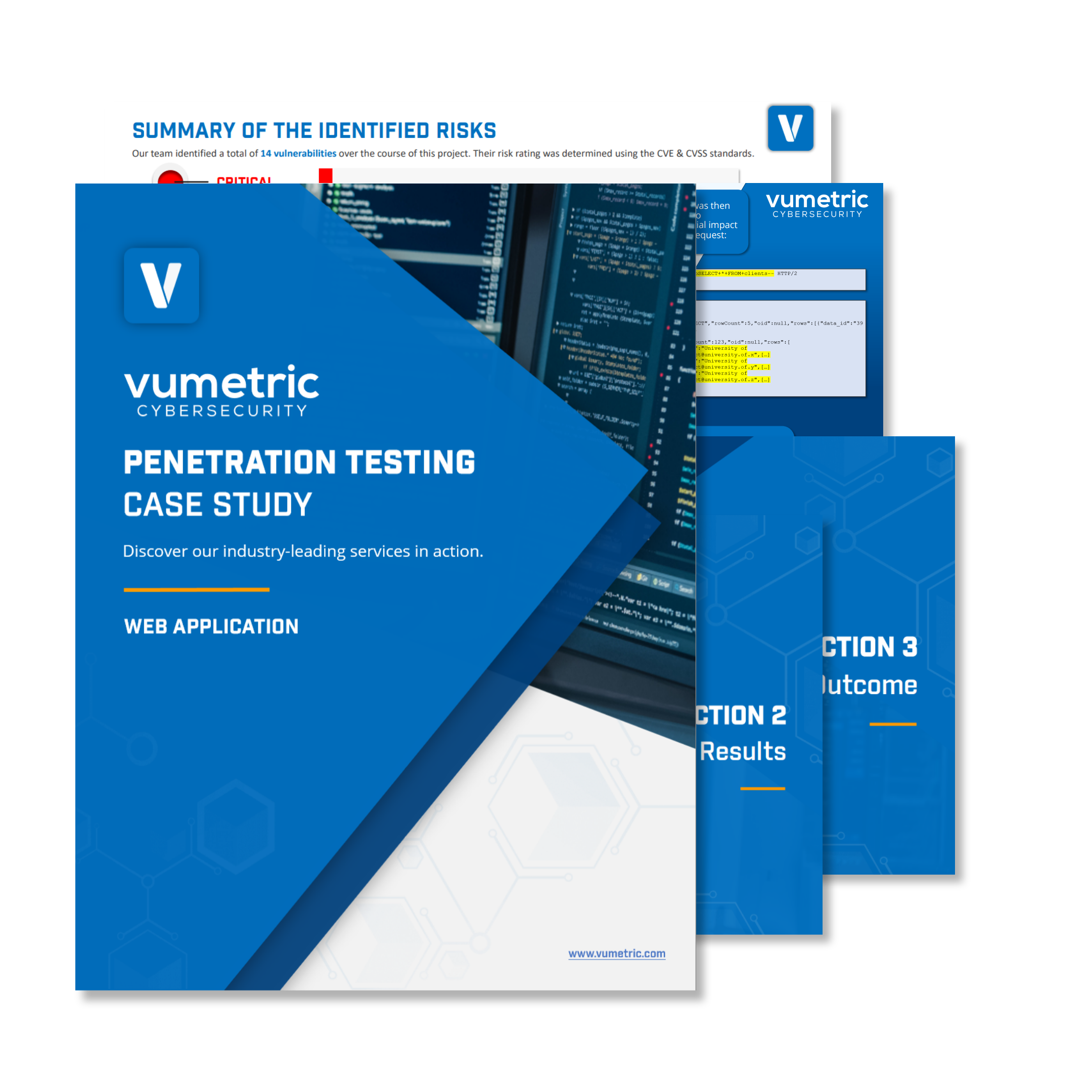In today’s ever-evolving digital landscape, maintaining robust cybersecurity has become an essential element of running a successful business. Penetration testing is a crucial part of that process, helping organizations identify vulnerabilities before they can be exploited by malicious actors. In this article, we will explore the most opportune times to conduct penetration testing on your organization and provide valuable insights on how to get the most out of your efforts.
Understanding Penetration Testing
Penetration testing, or “pen testing,” is a simulated cyber attack performed by cybersecurity professionals to identify and assess vulnerabilities in an organization’s systems, networks, and applications. By simulating real-world attack scenarios, pen testers can expose weaknesses and provide recommendations on how to strengthen an organization’s cybersecurity posture.
Key Penetration Testing Timelines
There is no one-size-fits-all approach when it comes to determining the optimal frequency of penetration testing. However, there are several key timelines that organizations should consider:
- Annual Testing: At a minimum, organizations should perform comprehensive penetration testing at least once a year. This ensures that systems and networks are evaluated regularly for potential vulnerabilities.
- After Major Changes: Penetration testing should be conducted after significant changes to your IT infrastructure, such as new system implementations, network expansions, or significant software updates.
- Compliance Requirements: Certain industry regulations or standards, such as PCI DSS or HIPAA, mandate regular penetration testing. Ensure that your organization meets these requirements to avoid potential fines or penalties.
Factors to Consider When Planning Penetration Testing
While the above timelines provide a general guideline, there are other factors to consider when determining the appropriate frequency of penetration testing for your organization:
- Organizational Risk Tolerance: Organizations with a higher risk tolerance may choose to conduct penetration testing more frequently, while those with a lower risk tolerance may opt for a less frequent schedule.
- Industry and Threat Landscape: Organizations operating in industries with a higher likelihood of cyber attacks, such as finance or healthcare, should consider more frequent penetration testing.
- Size and Complexity: Larger organizations with more complex IT environments may require more frequent penetration testing to ensure all potential vulnerabilities are identified and addressed.
External Penetration Testing
Case Study
See our industry-leading services in action and discover how they can help secure your external network perimeter from modern cyber threats and exploits.
Penetration Testing Guide
(2024 Edition)
Everything you need to know to scope, plan and execute successful pentest projects aligned with your risk management strategies and business objectives.
Web Application Penetration Testing
Case Study
See our industry-leading services in action and discover how they can help secure your mission-critical Web Apps / APIs from modern cyber threats and exploits.
Internal Penetration Testing
Case Study
See our industry-leading services in action and discover how they can help secure your internal network infrastructure from modern cyber threats and unauthorized access.
Benefits of Regular Penetration Testing
Conducting penetration testing at strategic intervals provides several advantages:
- Proactive Defense: Regular penetration testing helps organizations identify and remediate vulnerabilities before they can be exploited by malicious actors, reducing the risk of data breaches and cyber attacks.
- Compliance Assurance: Regular testing helps organizations maintain compliance with industry regulations and standards, avoiding potential fines and penalties.
- Improved Security Posture: Penetration testing provides valuable insights into an organization’s security posture, allowing for continuous improvement and adaptation to emerging threats.
Getting Started with Penetration Testing
Implementing a penetration testing strategy can seem daunting, but our team of cybersecurity experts is here to help. We provide comprehensive penetration testing services, tailored to your organization’s unique needs and requirements. To learn more about how we can help protect your organization from cyber threats, visit our penetration testing page or contact us to discuss your needs with one of our specialists.
Conclusion
Penetration testing is a vital component of a strong cybersecurity strategy. Organizations should perform pen tests at least annually, after significant changes to their IT infrastructure, and to meet compliance requirements. Additional factors, such as risk tolerance, industry, and organizational size, should also be considered when planning the frequency of testing. By implementing regular penetration testing, organizations can proactively defend against cyber threats, maintain compliance, and continuously improve their security posture.








